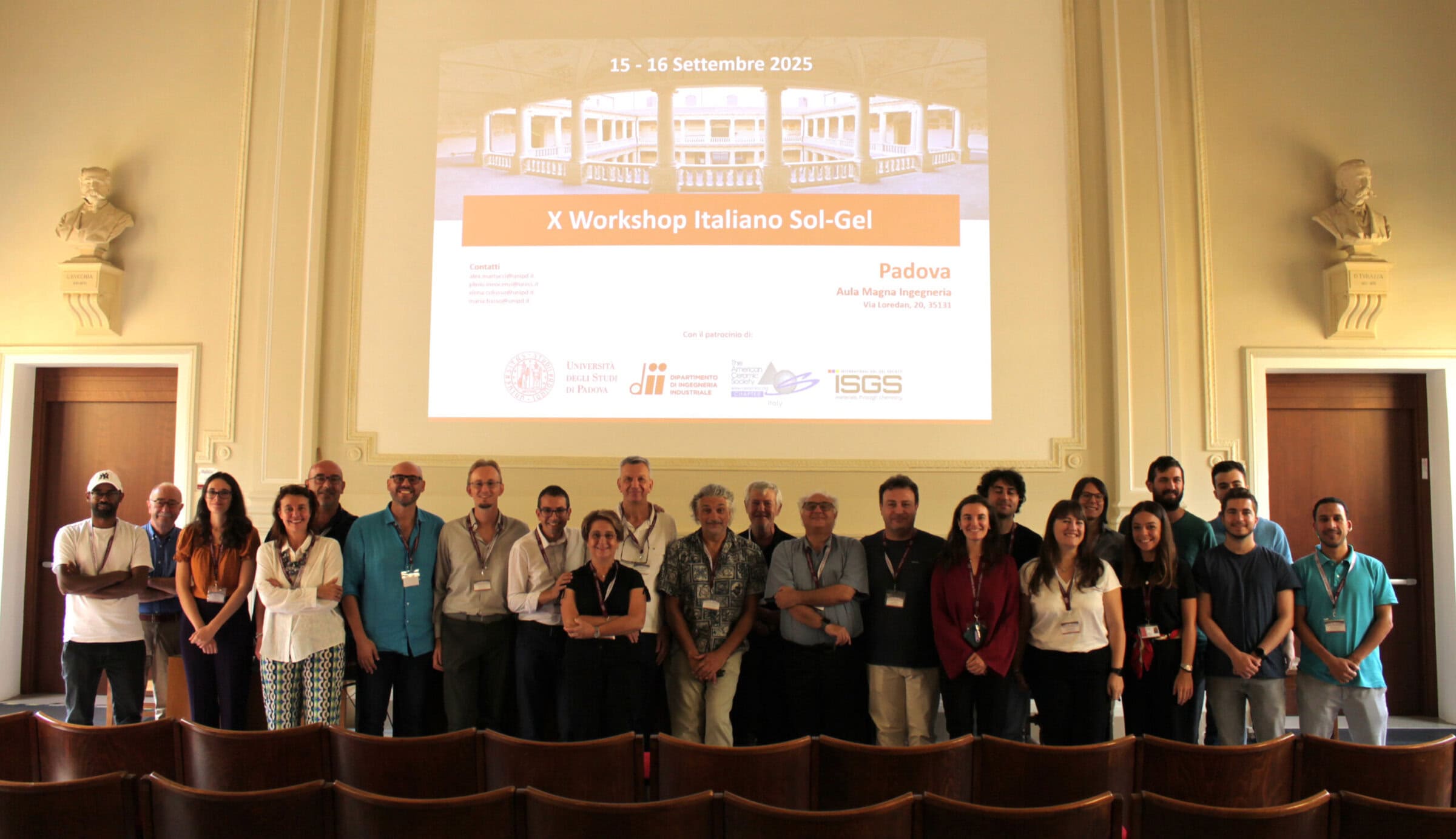
[Image above] Credit: insta_photos, Shutterstock
ACerS journals will soon be changing the manuscript review management software from ScholarOne/Manuscript Central to Research Exchange (ReX) Review. This transition is the next step toward a fully integrated, artificial-intelligence-assisted, end-to-end manuscript submission and review system.
As authors may be aware, ACerS transitioned to ReX Submission in 2024. This change greatly simplified the submission process by, among other things, extracting text from the manuscript to populate the metadata needed to manage the submission; in contrast, ScholarOne required the submitting author to retype or copy/paste information manually.
Once submitted, the manuscript and metadata were ported into ScholarOne for the review cycle. However, some manuscripts, such as invited and transferred submissions, continued to be submitted directly through ScholarOne. These processes brought on certain challenges as many have encountered.
ReX Review is directly integrated with ReX Submission and thus removes the challenges associated with porting and different submission sites. For example, with ReX Review, authors and reviewers need only register their accounts with Wiley. ReX Review will have minimal impact on most authors because the submission and tracking processes via ReX Submission will not change.
ReX Review is also designed for operational simplicity from the ground up. For example, when providing the lists of qualified manuscript reviewers, the software uses AI to scan multiple sources for potential reviewers and considers each reviewer’s current engagement within the entire Wiley portfolio of journals. Not only will this process provide better matches for each manuscript, it will also help balance each reviewer’s workload.
ACerS will transition to ReX Review in stages. International Journal of Applied Glass Science and International Journal of Ceramic Engineering & Science will move to ReX Review at the end of July 2025. This staged transition will allow the journals’ administrators, editors, and reviewers to gain better understandings of the ins and outs of ReX Review before transitioning Journal of the American Ceramic Society and International Journal of Applied Ceramic Technology, which both have substantially higher volumes of submissions each month.
ACerS journal reviewers are encouraged to view the “Reviewer Guide” and “Research Exchange Review Guide” for ReX Review, both of which can be found on the Research Exchange Knowledge Hub. All user guides are available in English, Chinese, and Japanese.
The Research Exchange Knowledge Hub also provides video guides and answers to common questions. Further questions should be directed to Wiley’s ReX support team via the form found on the Support and Common Questions page.
Author
Jonathon Foreman
Spotlight Categories
- Journal and Bulletin Updates


